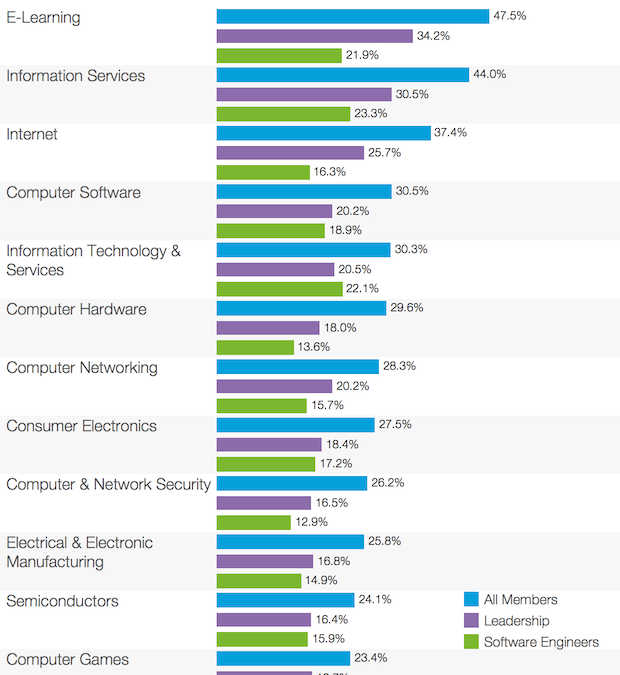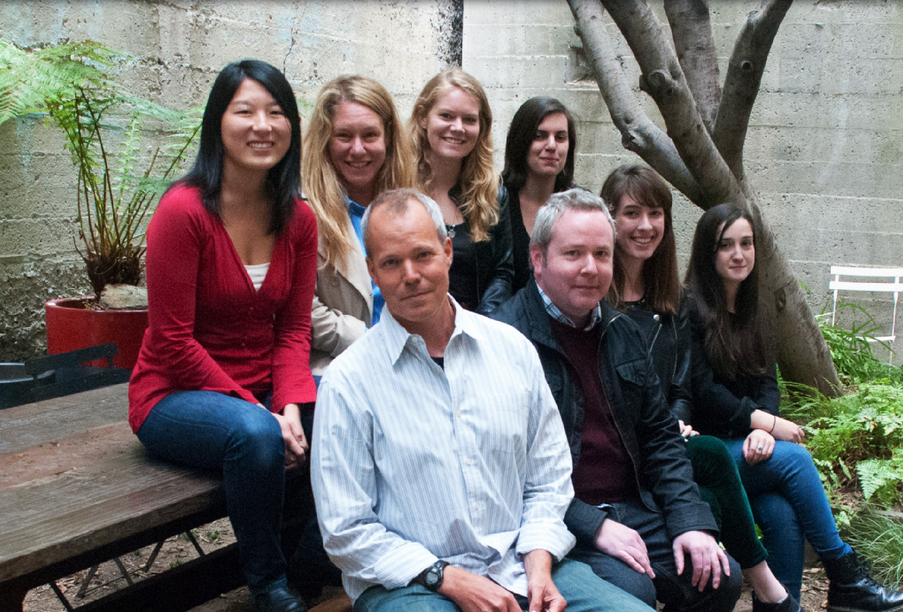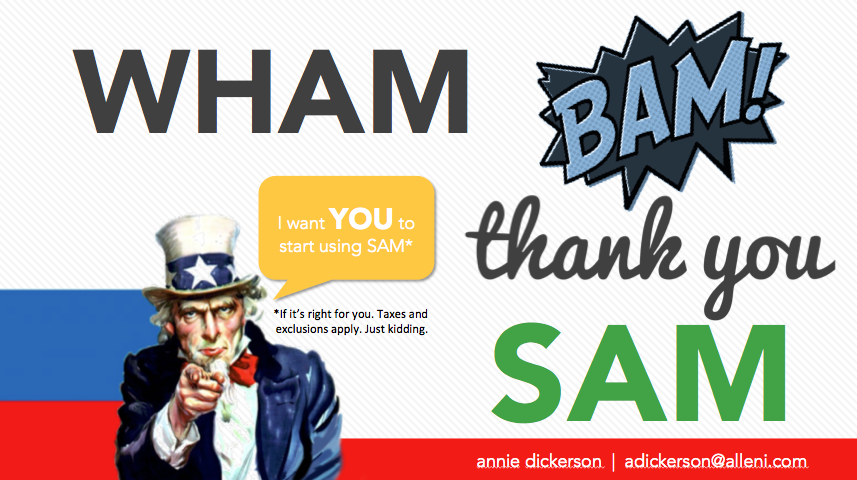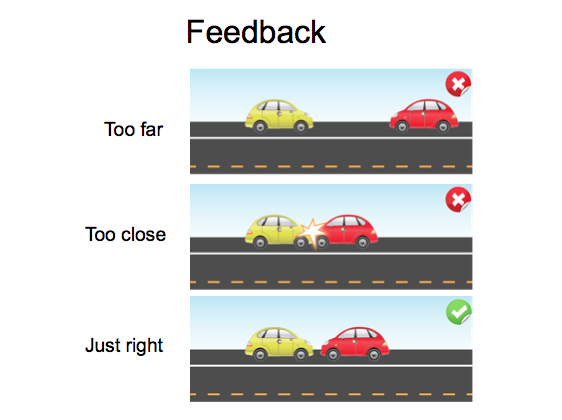
by Annie | Jun 17, 2015 | Design, Game Design, Instructional Design, Tech
I’ve been part of the tech industry off and on since 2006, and in that time, I’ve had the opportunity to work with a lot of talented and passionate people, most of them men. This is pretty typical for the tech industry, especially in game development, in which the percentage of women is lowest amongst all other tech fields. I’ve experienced firsthand the impact that gender equality can have on team dynamics. I’ve been on teams in which I was the only female, which, I’m proud to say, taught me how to drink beer and enjoy it. I’ve also been on teams with much smaller or nonexistent gender gaps, and for me, as a woman, the difference is palpable. According to the latest data, while game development has the lowest percentage of women amongst the tech industry, elearning has the highest percentage, which means I’ve now been on both ends of the spectrum. Each team composition brings out a different side of myself, but regardless of the gender makeup, I continue to push myself to be the best I can be. So while I love my sisters in tech, I’m also a fan of the brogrammers. Check out the full breakdown of the gender diversity data from this post on Measuring Gender Diversity with Data from...
![I’m [in]](https://dickersondesigns.com/wp-content/uploads/2015/06/introduction-photo-1080x675.jpg)
by Annie | Jun 5, 2015 | Instructional Design
Today marks the end of my second week as a learning experience (LX) designer at LinkedIn. It’s been quite eye-opening to go from my previous experience with small companies and startups to the hypergrowth and lightning fast pace of this 8000+ global organization. Yet despite the size of the company, the startup spirit burns bright, and people are proud of the scrappiness and trailblazing that’s core to LinkedIn. There’s a sense of urgency to everything and an ongoing connection of every little detail to the greater mission of building the economic graph and changing the world. The air is abuzz with energy and passion, and I love it. I started my journey here with [in]troduction, the full day orientation that marks every employee’s first day. Along with about 30 other new hires (yes, LinkedIn has about that many new hires every week in just the Bay Area alone), I learned about LinkedIn’s culture and values, history, and vision for the future. And even though I’m only 1 of 8000+ employees, I know that my work can make a difference and play a part in impacting the world. And that’s worth getting out of bed for. The part of [in]troduction that has stuck with me most is when one of the senior leaders came in and thanked us for joining LinkedIn. At most places, you get congratulated when you start a new job. But he explained that he was thanking us because we represent the top 0.5% of talent in our respective industries, and we could have chosen anywhere to work, but we all chose LinkedIn. A truly thoughtful message and a great way...

by Annie | May 13, 2015 | Instructional Design
Over the past year, I’ve had the opportunity to design a variety of incredibly interesting online courses that have impacted thousands of people around the world. I’ve worked with great teams at companies like Microsoft, Adobe, LinkedIn, and Benefit Cosmetics. Best of all, I’ve had the chance to work with the awesomely talented, incredibly fun, and passionate people of Studio i, the San Francisco branch of Allen Interactions. When the news came down that Studio i would be dissolved, we banded together, helping each other with resumes, cover letters, and networking. With the huge amount of talent and passion in this bunch, I’m confident everyone will find great opportunities, but it’s with a heavy heart that I close the book on Studio i and the awesome times we’ve had together. As for me, my next adventure is about to begin! Stay tuned for more… ...

by Annie | Feb 8, 2015 | Instructional Design
It’s been about a year since I started using the Successive Approximation Model, or SAM, as we call it in the eLearning world. In that time, SAM and I have gone through growing pains, endless rounds of trial and error, noticeable progress, and memorable successes. SAM is the predominant development framework we use at Allen Interactions, so I have gotten to know it well. At its core, SAM is about rapid prototyping and iteration, bringing you closer and closer to the final product through successive approximation, as its name would imply. I recently gave a presentation on SAM at the Bay Area Learning Design and Technology meetup, with nearly half the audience having never heard of SAM before. After fondly recounting my first failed design attempt at Digido, involving a big honkin’ design doc that nobody read, I told the story of our successive attempts to learn about our audience and to build a product that would make a difference. All those lessons, in the form of our prototypes MotionMaze and Pop & Dodge, led us to create Zoopnium, which made it into the top 10 kids’ games in the App Store. Looking back, I realize that through the multiple rounds of iteration, we were essentially living SAM. And while SAM doesn’t always work for every client, it does push me to work quickly to create and test prototypes, which teach me much more about the project needs and learner audience than documents and discussions. So thank you, SAM. Thank you for getting me out of the design doc mode, for giving me the creative freedom to test and retest different...

by Annie | Feb 13, 2014 | Game Design, Instructional Design
Ah, eLearning. Unfortunately, when most people come across that term, they immediately groan and roll their eyes, recalling that last boring mandatory online training course in which they spent an hour reading a bunch of seemingly irrelevant text on screen and learning nothing to apply to their day-to-day jobs. But this doesn’t have to be the way it is. Increasingly, eLearning is moving away from the traditional model of content presentation followed by a skills test. Instead, training courses are becoming more exploratory, allowing the learner to try their hand at a real world challenge, make mistakes, and learn the information relevant to the task. Take the example of teaching a learner to use jumper cables. The traditional approach would be to provide learners a manual to read, maybe with a few graphics illustrating the process. If you’re really lucky, you might watch a video showing someone else completing all the steps. However, this doesn’t provide learners with any practice in applying the information and doesn’t provide intrinsic feedback that points to the real world consequences of the learner’s actions. Instead of telling and then testing, exploratory eLearning flips the traditional model on its head. Test first, then tell. In other words, start with the challenge up front, then provide the content in feedback relevant to the learner’s mistakes. In this example, the learner might be tasked with parking their car the correct distance away from the dead car. If the cars touch, they might get a spark and hear a crash. After correctly parking your car, the eLearning might move to a view of the car engines and...

by Annie | Jan 14, 2014 | Game Design, Instructional Design
Last week, I started my new position as an instructional designer with Allen Interactions, a company on a mission to wipe out boring online learning. With my interests in education and design, you’d think I would’ve stumbled into instructional design earlier. And in fact, I did briefly consider a career in instructional design before but shied away due to the boring e-learning courses that have become the stereotype in instructional design. I didn’t want to spend my days working on boring courses that people would dread taking, writing walls of text to throw in front of people, and utilizing the same ineffective training models again and again. Boring for them, boring for me. Thankfully, my interpretation of the field of instructional design was a bit off, or at the least, not universally applicable. Though there will always be boring e-learning courses out there (I’m sure you’ve taken one or two), there are an increasing number of engaging, interesting, and effective e-learning courses impacting every field from sales and marketing to health and education. And that’s why I’ve joined the field. One way that these courses are becoming more engaging is through adopting game design principles to create effective game-based learning. The term “gamification” is often thrown around in corporate meetings these days, both as a way to increase customer retention and to more effectively train internal employees. If you think about it, using games to teach makes a lot of sense. All games aim to teach the player something or other, whether it’s how to solve a puzzle or how to make your character jump, so why not use that...


![I’m [in]](https://dickersondesigns.com/wp-content/uploads/2015/06/introduction-photo-1080x675.jpg)




